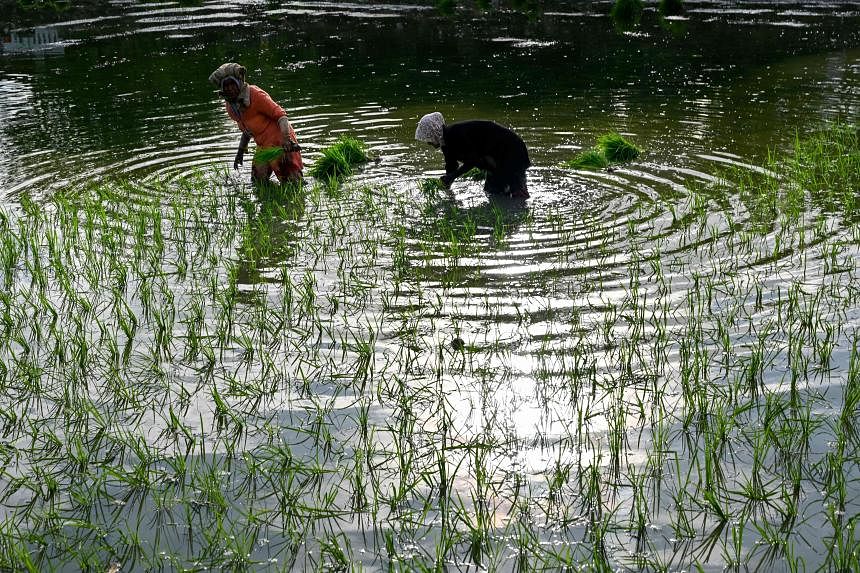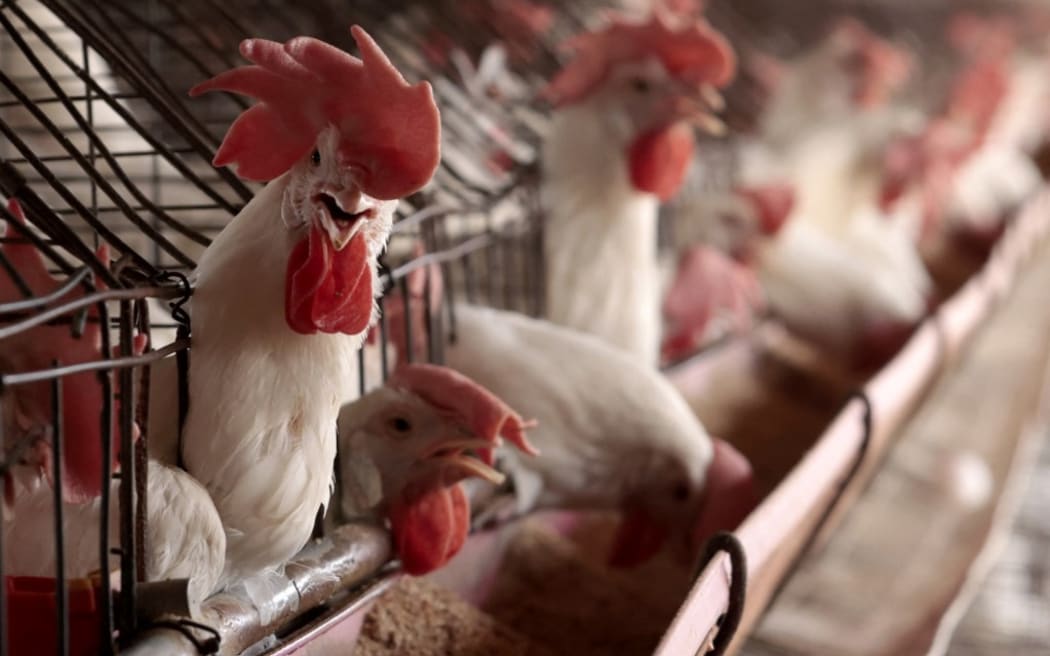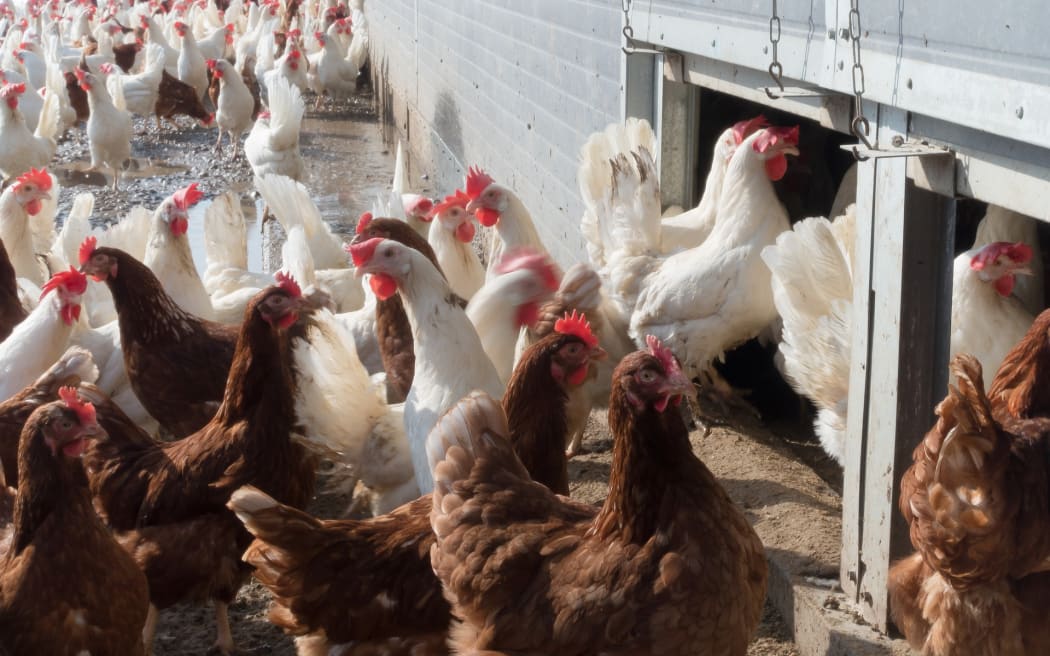
Linda Yulisman
Indonesia Correspondent
JUN 26, 2024
JAKARTA – Indonesia’s recent plan to acquire Cambodian rice companies to shore up its rice supplies may hit a snag due to export restrictions and local land ownership laws, experts say.
State-owned logistics agency Bulog has begun talks with several Cambodian rice companies and some Indonesian banks about the acquisition plans. Bulog president director Bayu Krisnamurthi told The Straits Times that it is still early days yet and the matter will be discussed with all relevant parties in stages.
The wheels were set in motion after outgoing President Joko Widodo asked Bulog on June 10 to consider acquiring a rice producer in Cambodia to ensure that the country’s rice reserves are at a “safe level”.
Indonesia, the world’s fourth-biggest rice producer and the third-largest consumer of rice, plans to import more than 3.6 million tonnes of rice in 2024, in anticipation of a smaller harvest due to droughts, and to maintain stable rice prices for consumers, officials said.
In 2023, Indonesia produced 31.1 million tonnes of rice in 2023, up 1.4 per cent from 2022, according to Statistics Indonesia. The fourth most-populous nation in the world consumes about 30 million tonnes of rice annually.
Rice is a crucial staple for many in Asia. Indonesia imports less than 5 per cent of its total national needs, Mr Widodo said in May. From January to May 2024, Indonesia bought the most rice from Thailand, followed by Vietnam, Pakistan and India, with Cambodia a distant fifth, according to Statistics Indonesia.
Although the vast archipelago has plenty of land, the most suitable rice-planting areas are located in Java, which is already heavily planted, experts say. Paddy cultivation in the other main islands – Sumatra, Kalimantan, Sulawesi and Papua – is less productive due to factors like climate and soil fertility, as well as lack of infrastructure such as proper irrigation canals.
In addition, as urbanisation spreads in Java, which is home to 56 per cent of the country’s nearly 280 million people, farmland conversions into more-profitable industrial and residential developments are happening at a fast clip.
As such, Agriculture Minister Amran Sulaiman told Parliament on June 20 that a smaller rice harvest is expected in 2024 due to weather changes and a decline in cultivated areas, which shrank 36.9 per cent to 6.55 million hectares from October 2023 to April 2024.
Mr Widodo had said recently that it would be better for Indonesia to invest in a rice producer in Cambodia, rather than solely importing from its neighbouring countries.
But, while acquiring a rice producer there is a fairly straightforward process – Cambodia allows up to 100 per cent foreign ownership of companies that operate in the country – there are other factors at play.
Mr Bhima Yudhistira, executive director of Jakarta-based think-tank Centre of Economic and Law Studies, said there is no guarantee that such an acquisition would bolster Indonesia rice supplies because a Cambodian company, even one that is foreign-owned, would be subject to local laws and directives.
“If the Cambodian government decides that its rice should be prioritised for its domestic needs, the company cannot maximise its exports to Indonesia. Bulog must take into account such restrictions,” he told ST.
Bulog’s Dr Bayu said that for now the agency has not yet touched on export-related issues that acquired companies will face.
Under a memorandum of understanding on bilateral rice trade renewed in 2023, Indonesia can buy up to 250,000 tonnes of rice from Cambodia a year from 2024 to 2028. The bilateral rice trade is carried out both under a government-to-government arrangement between Bulog and Cambodia’s Green Trade Co., as well as a business-to-business scheme between Indonesia’s state-owned food company ID Food and Cambodia Rice Federation.
But this annual export allowance is a small amount, compared with Indonesia’s overall rice needs, said Mr Khudori, an agriculture expert from the Association of Indonesia Political Economy, who noted that the Cambodian rice comes from a surplus of domestic production.
For the first four months of 2024, Indonesia imported 2.26 million tonnes of rice, of which 25,000 tonnes came from Cambodia.
Mr Khudori said that increased consumption of rice worldwide, especially in areas like Africa, has added to the uncertainties in the global rice supply chain. At the same time, he noted that major rice-exporting countries such as India have imposed export restrictions when facing their own supply crisis or disruption in production.
Therefore, he suggested that Bulog should look into purchasing farmland in Cambodia for enhanced food security.
“Land acquisition will guarantee the acquired rice company secures paddy to be milled,” Mr Khudori said, highlighting the example of China’s land acquisition in Brazil and Africa to secure its soybean supply.
Elsewhere, Saudi Arabia has bought agricultural land in the US and the United Arab Emirates (UAE) has done so in Africa for food security purposes. But for Indonesia, purchasing land for rice farming in Cambodia is easier said than done, experts say.
Mr Bora Chhay, Cambodia’s managing director at advisory firm Bower Group Asia, pointed out the restrictions concerning land ownership in Cambodia.
“Ownership of land for the purpose of conducting promoted investment activities is reserved exclusively for individuals holding Cambodian citizenship, or for legal entities in which more than 51 per cent of the equity capital is directly owned by Cambodian citizens or legal entities,” he said.
Meanwhile, Mr Bhima said that instead of looking abroad for solutions, Indonesia could tackle the current issues plaguing rice production.
These include inadequate warehouse and storage options that affect the quality of the rice stocks, and lack of investment in equipment and technology to help rice farmers and millers remain competitive.
Agriculture Minister Andi Amran Sulaiman said on June 20 that the acquisition proposal should be done in concert with domestic efforts to maximise local food resources, such as establishing new rice fields where possible, optimising existing ones, and improving watering systems.

.png)

.jpeg)
.jpeg)






